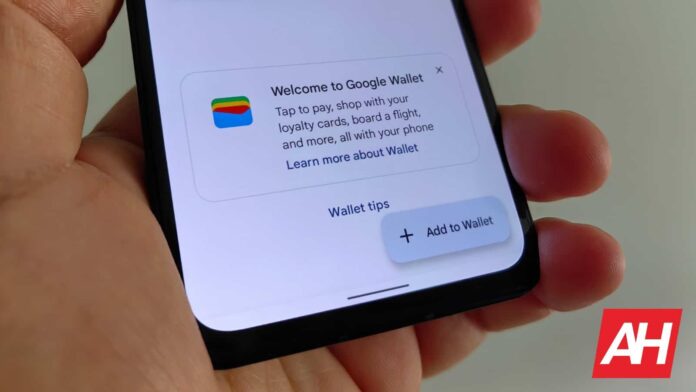[ad_1]
One of the major advantages of the Android operating system over iOS is its more extensive customization support. Android not only lets you change the default home screen launcher but also the default assistant service, default browser app, default dialer app, and default SMS app. Starting in Android 15, the operating system will also let you select a default wallet app.
Android, unlike iOS, has for a long time let third-party apps access the NFC chip for contactless payments. Most Android devices ship with Google Pay as the default contactless payments app, but Galaxy devices ship with Samsung Pay as the default instead. In either case, the Android OS lets users choose which app to set as the default payments app. In stock Android, users can change this setting by navigating to Settings → Connected devices → Connection preferences → NFC → Contactless payments → Default payment app, as shown below.

Changing Android’s default app for contactless payments requires quite a few taps, as you can see. Many users may not even know that they can change this setting. You don’t see it listed alongside the other default preferences under Settings → Apps → Default apps. To fix this, Android 15 is preparing to add a new “wallet app” preference, according to strings of code Android Headlines found within the latest Android 14 QPR3 Beta 2.1 update.
According to the strings, “wallet apps can store your credit and loyalty cards, car keys and other things to help with various forms of transactions.”
<string name="role_wallet_description">Wallet apps can store your credit and loyalty cards, car keys and other things to help with various forms of transactions.</string>
<string name="role_wallet_label">Default wallet app</string>
<string name="role_wallet_short_label">Wallet app</string>
This is exactly what wallet apps like Google Wallet and Samsung Wallet do already, which is why it’s no surprise that Google Wallet already appears in the “default wallet app” settings page that we manually enabled. Alongside Google Wallet, the app for American Express (“Amex”) also appears in the “default wallet app” settings page. Any app with default contactless payments support can also act as the wallet app, according to the code change that implements this feature in Android 15.

If you’re wondering what the difference is between the new “default wallet app” setting and the old “default payment app” setting, there isn’t really one. In fact, by activating the new “default wallet app” page, tapping on “Contactless payments” under Settings → Connected devices → Connection preferences → NFC redirects the user to the new page instead of the old one. For the most part, the new “default wallet app” preference seems like a rebranded version of the existing “default payment app” setting.
However, there’s one minor difference between the two. The new “default wallet app” is defined using Android’s Roles API, a platform and developer feature introduced in Android 10. A role is defined as a “unique name within the system associated with certain permissions and privileges.” Android has a bunch of roles defined internally. However, most of them can only belong to system apps. The new wallet role, however, is not limited to system apps, hence why it’s visible under Android’s “default apps” settings.
Benefits
One benefit of the Roles API is that apps can utilize it to prompt you to grant them a particular role. In this case, wallet apps can ask you to grant them the new wallet role in Android 15, so you don’t have to dive into settings to do so. Your device’s manufacturer can still set the default for you, like Google has done on their Pixel phones, but your preferred wallet app can take over with your permission.
<string name="role_wallet_request_description">No permissions needed</string>
<string name="role_wallet_request_title">Set %1$s as your default wallet app?</string>
Apart from that, the introduction of the wallet role in Android 15 doesn’t bring any additional benefits for apps as far as I can tell. Still, making this default preference more visible to users and easier to access for third parties could alleviate some of the pressure that Google has been recently facing from regulators.
[ad_2]
Source link
